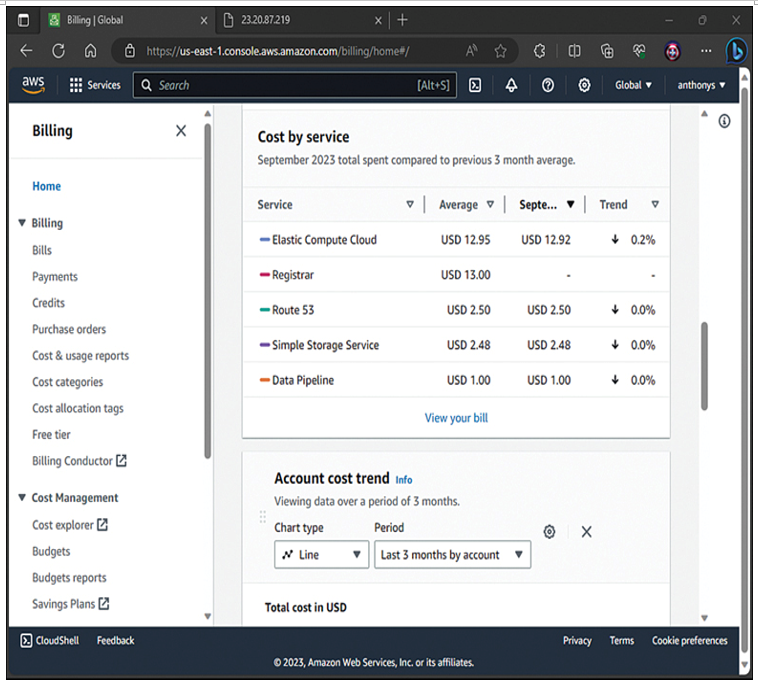Economic Benefits
It is not a big surprise that various public cloud vendors (led by AWS) are experiencing more success than ever before. The list of advantages continues to grow. In this section of the chapter, we are going to present just some of the economic advantages available with the use of AWS services.
One of the fundamental economic advantages for AWS that leads to many of the others is the economic concept of economies of scale. According to the Oxford dictionary, economies of scale is “a proportionate saving in costs gained by an increased level of production.” This definition describes AWS accurately. Amazon has been able to consistently grow the infrastructure and increase production as it gains more and more subscribers of all sizes. Thanks to AWS, subscribers get more efficient and pass the savings on to customers. This fundamental concept leads to many more specific advantages, including the following:
CapEx are replaced by OpEx: Using public cloud technologies enables startups and existing organizations to provide new features and services with a minimum of capital expenditures (CapEx). Instead, public cloud expenses revolve around monthly operating expenses (OpEx). For most organizations, OpEx represent significant advantages compared to CapEx investments.
Lack of contractual commitments: Many public cloud vendors charge on an hourly (if not less) basis. For most services, there is no long-term commitment to an organization. You can roll out new projects or initiatives and, if needed, roll back with no contractual long-term commitments. This lack of contractual commitment helps increase the agility of IT operations and reduces the financial risk associated with innovative technologies.
Reduction of required negotiations: New account establishment with public cloud vendors is simple, and prices for the major public cloud vendors are decreasing. These factors reduce the need for cost negotiations that existed early in the world of service provider interactions.
Reduced procurement delays: Additional resources can be set up with most cloud implementations within seconds.
“Pay as you go” model: If more resources are needed to support a growing cloud presence, you can get those resources on demand and pay for them only when needed. Conversely, if fewer resources are required, you can run less and pay for only what you need. Figure 2-1 shows an example of a cost dashboard in AWS. Notice how each service is incurring a cost on a monthly basis, and the costs are broken down, as on a modern utility bill.

Figure 2-1 The “Pay as You Go” Cost Model
